The best companion plants for rosemary not only help this fragrant herb grow stronger but also bring balance and beauty to your garden.
Rosemary is already loved for its ability to repel pests and add flavor to meals, but pairing it with the right plants can improve soil health, boost harvests, and create a more diverse garden space.
Many herbs, flowers, and vegetables thrive alongside rosemary because they share similar growing needs, like plenty of sunlight and well-drained soil. You will notice fewer pests, healthier growth, and even better-tasting crops when you choose the right companions.
If you are planning a new herb patch or expanding your vegetable beds, these ten rosemary companion plants will give you practical options to try. Let’s look at how each pairing works and how you can grow them together for the best results.
#1 Sage
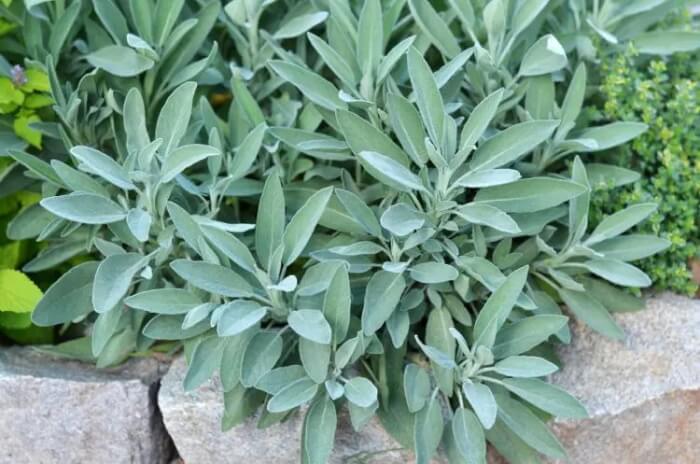
Sage thrives in the same warm, sunny conditions as rosemary, making them perfect partners in the garden. Growing these herbs side by side saves space while enhancing each other’s flavor and health.
Both plants prefer dry soil and minimal watering, so you won’t need to change your care routine. To grow them together, place them in a raised bed or herb border where they get full sun.
Harvest fresh leaves regularly to encourage new growth. This pairing is ideal if you want a thriving herb garden with minimal effort.
#2 Oregano
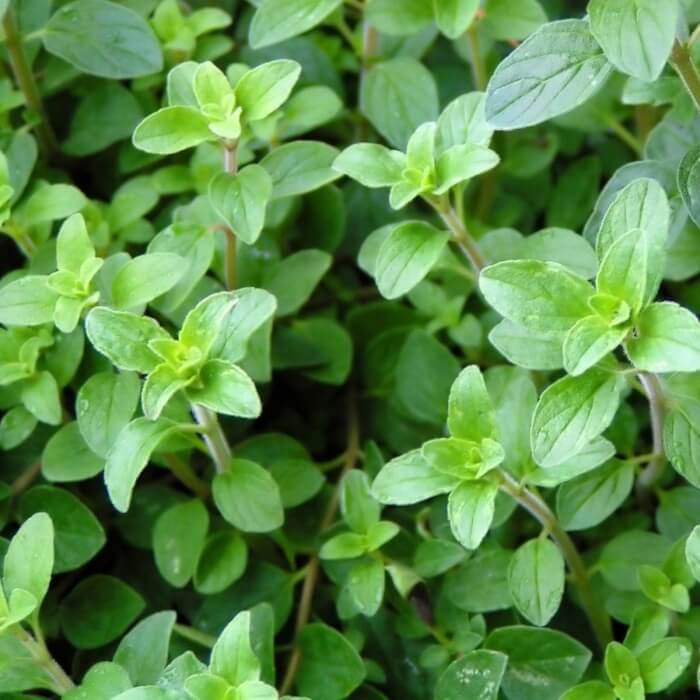
Oregano makes a great ground cover around rosemary, helping to suppress weeds and keep the soil cool. Since both plants love similar growing conditions, you can plant them together in a sunny, well-drained spot.
Oregano spreads low while rosemary grows upright, so they won’t compete for space. To encourage lush oregano, trim it back often and let it fill in around rosemary’s base.
Fresh oregano leaves are perfect for seasoning, while rosemary adds depth to roasts and stews. Together, they create a practical and flavorful duo for your kitchen garden.
#3 Marjoram
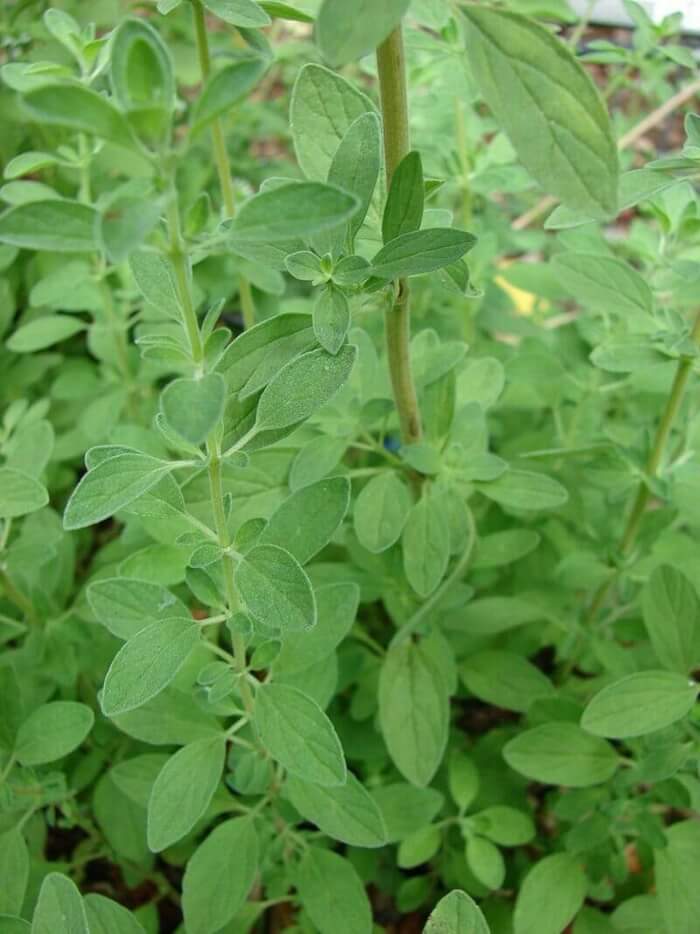
Marjoram pairs beautifully with rosemary by releasing natural compounds that stimulate stronger growth and improve flavor in nearby plants. This herb is easy to grow and enjoys the same light and soil conditions as rosemary.
Plant them together in containers or garden beds where they receive at least six hours of sun. Water sparingly to avoid soggy roots.
Use marjoram’s sweet leaves to season soups and vegetables, while rosemary adds a bold touch to meats. With both growing side by side, you will always have fresh herbs on hand.
#4 Thyme
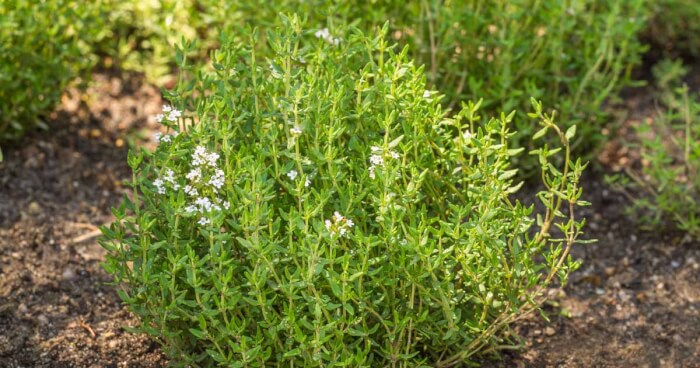
Thyme and rosemary are a classic companion pairing because they complement each other’s growth and protect against pests. Thyme naturally deters cabbage worms, while rosemary repels many flying insects.
Both herbs thrive in dry, sunny conditions with sandy or loamy soil. Plant them together in raised beds, borders, or even large containers.
Regular trimming keeps thyme compact and rosemary bushy. Their combined flavors also pair wonderfully in cooking, giving you two versatile herbs with one simple planting.
#5 Lavender
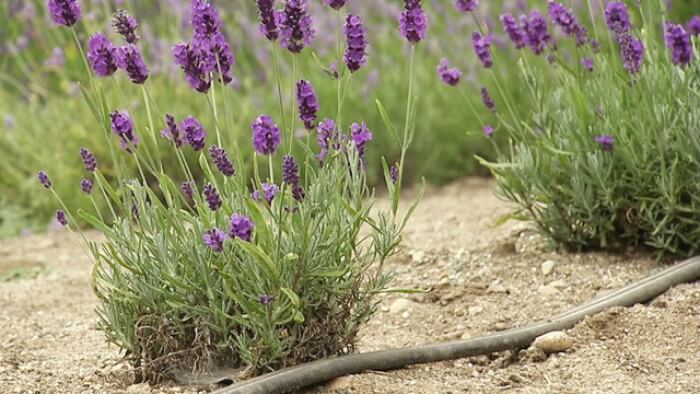
Lavender and rosemary not only share similar needs but also create one of the most beautiful garden combinations. Both enjoy full sun and well-drained soil, and they draw in pollinators like bees and butterflies.
Their fragrant oils repel unwanted pests, helping nearby vegetables stay healthy. To grow them successfully, plant them in a sunny border with plenty of space for air circulation.
Lavender’s purple blooms contrast with rosemary’s green needles, creating a garden display that is both practical and stunning.
#6 Strawberries
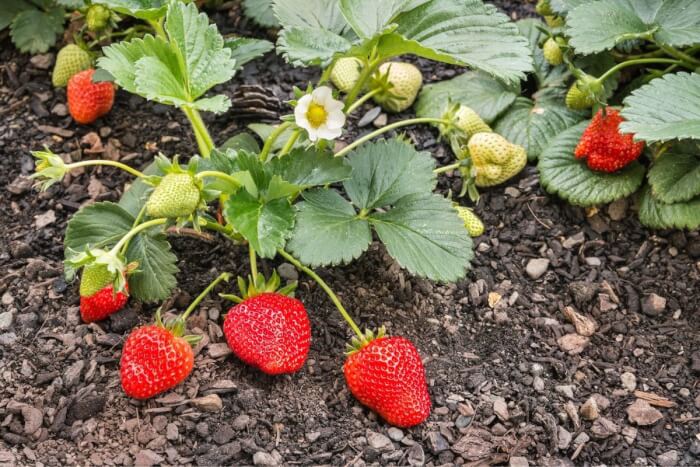
Strawberries benefit greatly when planted near rosemary because this herb helps repel pests that attack the fruit. In return, strawberries improve soil fertility, supporting rosemary’s growth.
Plant strawberries around the base of rosemary plants in a sunny, well-drained spot. Mulch around the roots to retain moisture and keep fruit clean.
You’ll enjoy sweet berries while rosemary adds its distinctive aroma to your garden. This pairing makes excellent use of space and boosts productivity.
#7 Alyssum
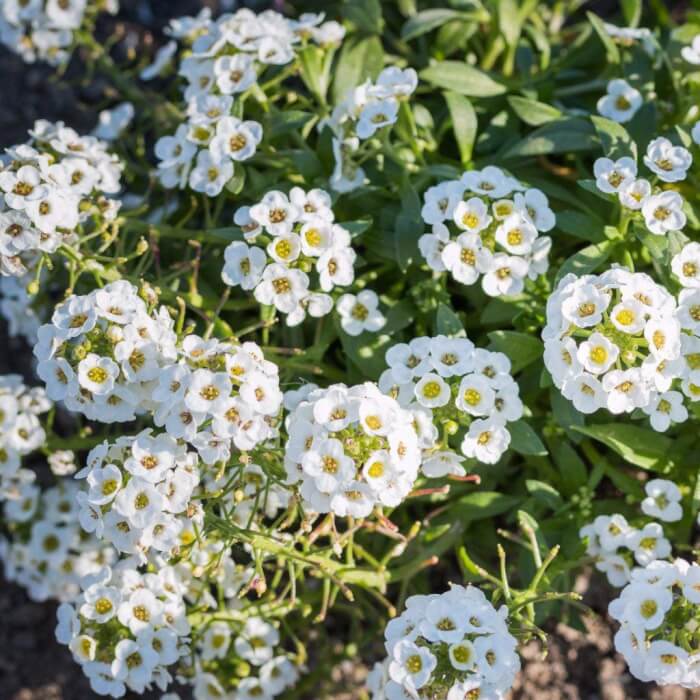
Alyssum is a delicate flower that attracts beneficial pollinators and natural predators of common garden pests. When paired with rosemary, it helps create a balanced ecosystem in your vegetable beds.
The low, spreading growth of alyssum also serves as a living mulch, keeping soil cool and moist. Plant alyssum in clusters near rosemary or along borders to maximize its benefits.
Its tiny blooms add charm and fragrance while supporting healthy crop yields. Together, they make your garden more vibrant and productive.
#8 Chives
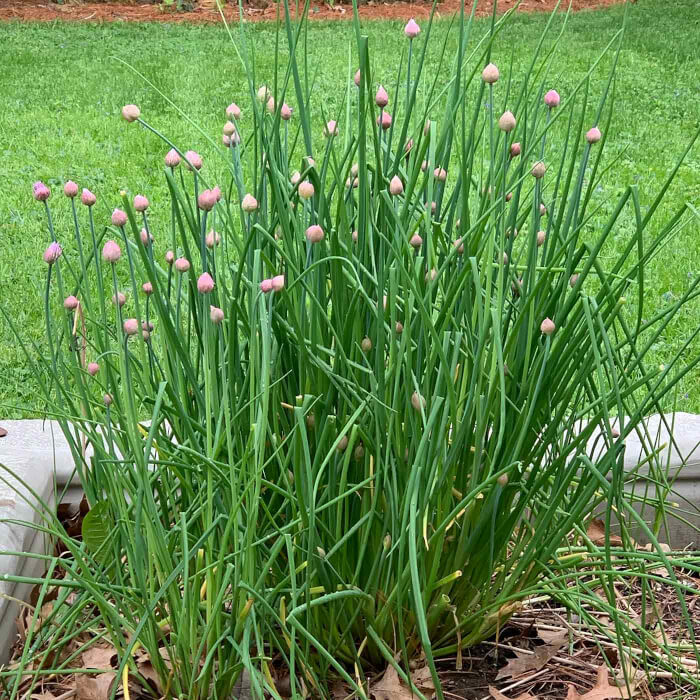
Chives are strong pest repellents and pair well with rosemary in mixed herb gardens. Both plants discourage aphids and other harmful insects, protecting nearby vegetables.
Chives prefer slightly moist soil compared to rosemary, but they can still grow side by side if you water carefully. Snip the leaves regularly to encourage fresh growth, and let some flower to attract pollinators.
Chives also enrich the flavor of nearby plants, making this a highly beneficial companion choice.
#9 Marigolds
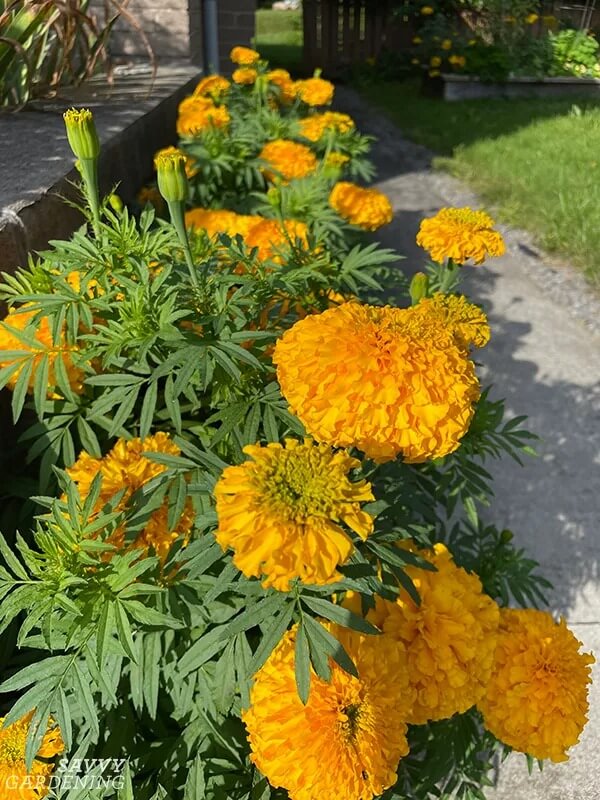
Marigolds are famous for their ability to repel nematodes, whiteflies, and other garden pests, making them natural partners for rosemary. Their bright blooms also attract pollinators, boosting the health of your entire garden.
Plant marigolds in borders or interspersed among rosemary plants to maximize their protective effect. They thrive in full sun and require little care once established.
Together, marigolds and rosemary form a colorful, pest-resistant barrier around your vegetables.
#10 Brassicas
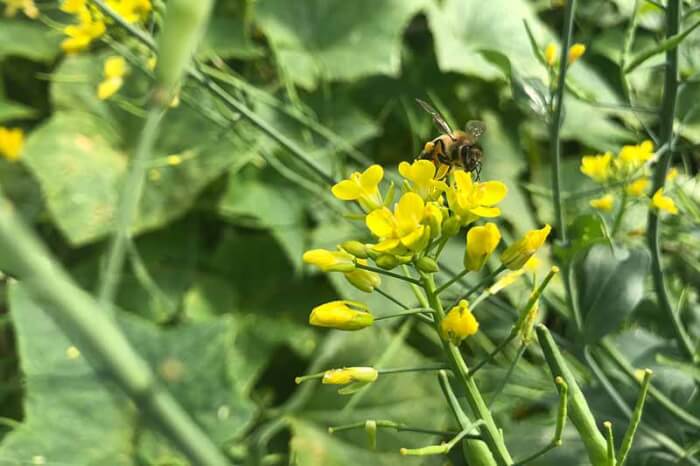
Brassicas like cabbage, broccoli, and cauliflower benefit from rosemary’s strong aroma, which confuses caterpillars and deters pests. This pairing helps protect tender brassica leaves from damage without the need for chemicals.
Plant rosemary near your brassicas but not too close, as it prefers drier soil. Water brassicas regularly while keeping rosemary on the dry side.
This simple combination improves yields and keeps pests under control. It’s one of the most effective natural partnerships for a vegetable garden.
